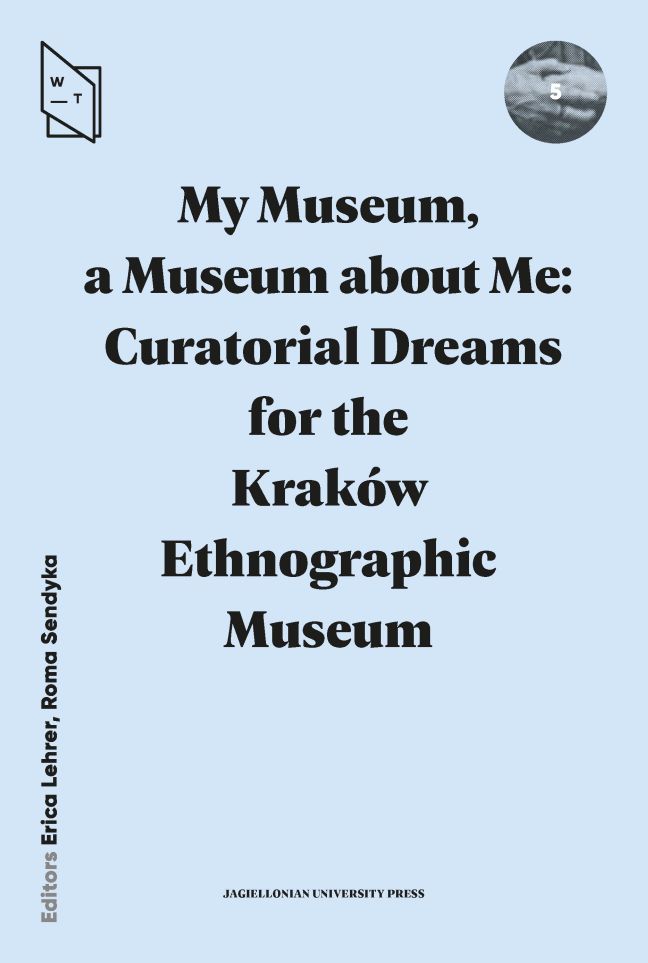Jewish Society in the Polish Village
Published online by Cambridge University Press: 01 March 2024
Summary
In one of her feuilletons published on dwutygodnik.com, Joanna Tokarska—Bakir included—as an illustration—an image of a Polish village or a small town. The drawing—made by the hand of a child—depicts a road, houses, a horse pulling a cart. What differentiates this cultural text from the sketches of other children drawing their environment?
This horse, these roads, these houses would not be in this picture if it were not for Jewish culture. The composition of the picture is literally based on the Star of David, whose edges are demarcated by the contours of the roof, and the animal. It easy to speculate that the drawing, centering the symbol of a society whose historical existence was denied in the Polish collective consciousness for years, and “did not enter into the canon of thought,” might be a classroom illustration, created for the educational needs of the youngest members of the cultural group. This hypothesis becomes stronger when Tokarska-Bakir mentions that the drawing was found not far from a trashcan near the memorial to the Heroes of the Ghetto. Isn't this “strange drawing” a reflection of the Polish cultural imaginary and the role Jewish people play in it?
It has always been possible to treat museums and cultural events as an indicator of the historical imagery of a given society in a particular moment in time. The “museum boom” that took place in Poland after 2004, when the Museum of the Warsaw Uprising was created, makes this even more evident. The idea of “universal” museums devoted, for example, to rural culture, the history of a city, or a stage of social development like feudalism was abandoned in favor of museums addressing narrower themes, identity groups, or event horizons. Examples of such institutions are the Museum of Emigration in Gdynia (2015), the Przełomy [Upheavals] Center for Dialogue in Szczecin (2015), the European Solidarity Center in Gdańsk (2007), the POLIN Museum of the History of Polish Jews in Warsaw (2005) and the Galicja Jewish Museum in Kraków (2004). How did the “new museology” movement influence the way cultural life is presented in museums that followed an older, Enlightenment- era paradigm?
The Seweryn Udziela Ethnographic Museum of Kraków was founded in 1911 on the initiative and passion of its namesake.
- Type
- Chapter
- Information
- My Museum, a Museum about MeCuratorial Dreams for the Kraków Ethnographic Museum, pp. 135 - 142Publisher: Jagiellonian University PressPrint publication year: 2023

